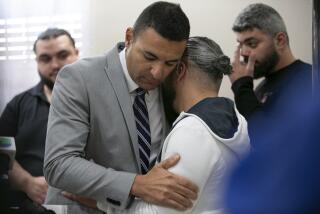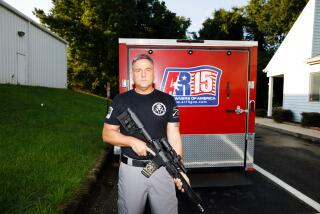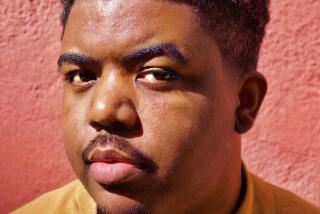In the War on Crime, Numbers Don’t Always Tell the Story
- Share via
Ed Humes wrote a moving piece on juvenile justice (“Rage Against the Machine,” Nov. 23) but seems unaware that his own rhetoric has contributed to the anti-youth punitiveness he deplores. His acclaimed 1996 book, “No Matter How Loud I Shout,” declares that “juvenile crime, particularly violent crime, has ripped through the cities and suburbs of America like a new and deadly virus.”
Not true. Crime figures for California indicate that the juvenile violent crime rate is no higher today, and overall youth crime rates are much lower, than 20 years ago. It is adult violence and the rate for adult property and drug crimes that has risen rapidly.
Had Humes debunked, rather than perpetuated, today’s hyped teen-crime scare, his commendable plea for compassion would have been strengthened.
Mike Males
Irvine
*
Humes responds: Males quotes a line from my book about juvenile crime in America, then attempts to rebut it with L.A. statistics alone, an invalid comparison. As of 1995, when I completed my research, juvenile crime in Los Angeles and the nation was on the rise. (Since I wrote my book, juvenile crime has indeed declined somewhat.) A May 1995 Justice Department report states: “The proportion of violent crimes committed by juveniles is disproportionately high compared with their share of the U.S. population, and the number of these crimes is growing.”
I agree with Males’ central point: that juveniles have too often been unfairly demonized and punished far too harshly in our war on crime--a main theme of my book.
More to Read
Sign up for our Book Club newsletter
Get the latest news, events and more from the Los Angeles Times Book Club, and help us get L.A. reading and talking.
You may occasionally receive promotional content from the Los Angeles Times.










